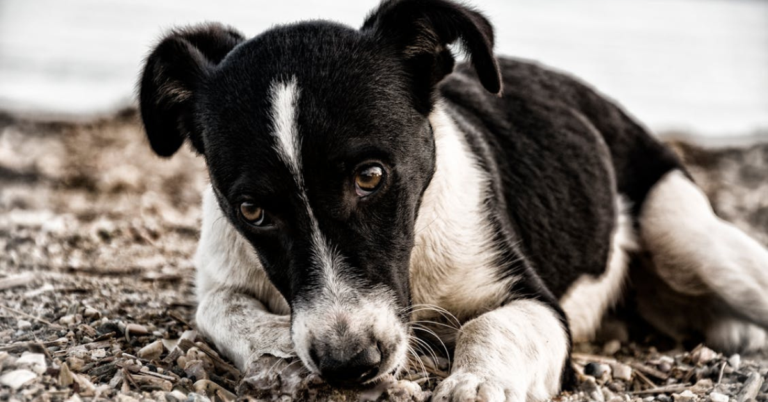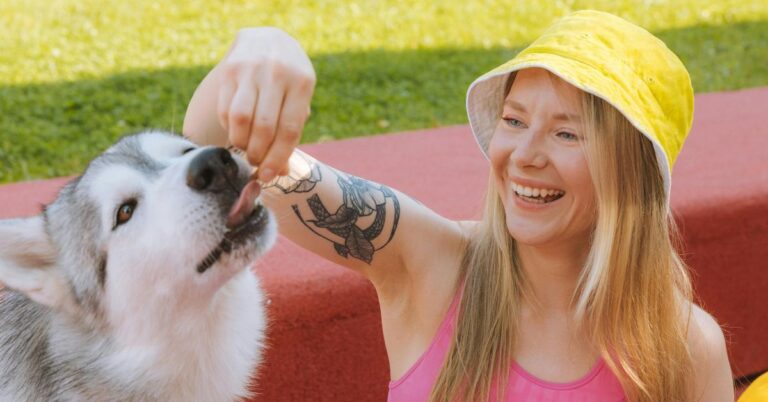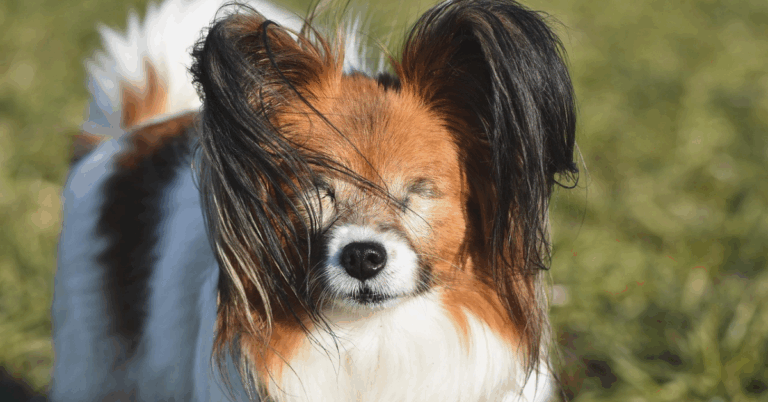10 Reasons The Xoloitzcuintli Stands Out Among Dog Breeds

The Xoloitzcuintli stands out with its remarkable combination of striking looks, unique traits, and undeniable charm. With a history as fascinating as the breed itself, it’s easy to see why this dog is a standout in any crowd. Here are 10 reasons why the Xoloitzcuintli is truly one of a kind.
Origins Rooted In Ancient Mesoamerica

Archaeologists have traced Xoloitzcuintli’s presence back over 3,000 years. Clay effigies of the breed were discovered in tombs across Colima and Oaxaca, and they reveal how sacred these dogs were to early civilizations. Indigenous peoples buried them with the departed.
Symbol Of Healing And Protection

Xolos, often hairless and warm against the skin, served as living remedies in Mesoamerican homes where their presence eased discomfort and brought a sense of calm. People also believed their bodies eased toothaches, arthritis, and even nightmares. “Sleeping with a Xolo keeps the pain away,” old sayings claimed.
Revival Through Dedicated Preservation Efforts

In the 1940s, Mexican scholars launched rescue missions to remote villages to preserve the Xoloitzcuintli. During that period, researchers conducted fieldwork, and artists like Diego Rivera promoted the breed through cultural advocacy and representation in their art. This combined effort led to the breed’s recognition by the Federation Cynologique Internationale in 1956.
Distinctive Appearance With Varied Sizes

Xoloitzcuintlis come in three sizes, making them a great fit for different living situations. While most of them are hairless, with smooth, dark skin, there’s also a coated version. Besides that, their upright ears and almond-shaped eyes give them a sharp, fox-like look.
Celebrated In Modern Art And Media

Frida Kahlo painted them, and Disney’s “Coco” reimagined them. These dogs are muses, and from ancient pottery to 21st-century animation, the Xolos have carved their place in cultural storytelling. The mythic vibe of this breed makes it a natural fit for roles that blend history with imagination.
Naturally Adapted For Warm Climates

Xoloitzcuintlis are naturally adapted to warm climates due to their hairless skin, which helps regulate body temperature. They absorb sunlight during cooler hours and release heat throughout the day, preventing overheating. This makes them well-suited for tropical regions and hot environments.
Requires Specialized Skin Care

Prone to dryness or acne, Xolos requires weekly skincare, which includes regularly using a moisturizer after giving them gentle baths. Owners often compare caring for the breed’s skin to baby skincare, as they emphasize the need for consistent attention and nurturing.
Emotionally Attuned Thinkers With A Distinctive Intelligence
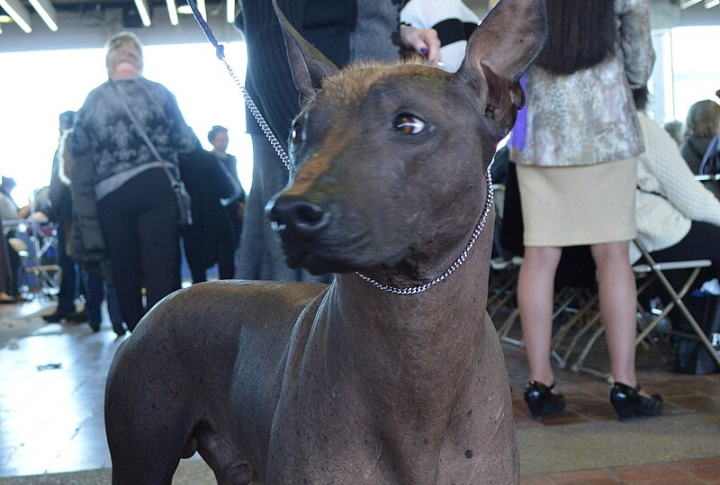
Xolos exhibit remarkable problem-solving skills and emotional intuition, traits celebrated by trainers and owners. Moreover, they are keenly alert and quick to learn daily routines, and their calm and observant nature allows them to intervene only when needed.
Official Symbol Of Mexican Heritage
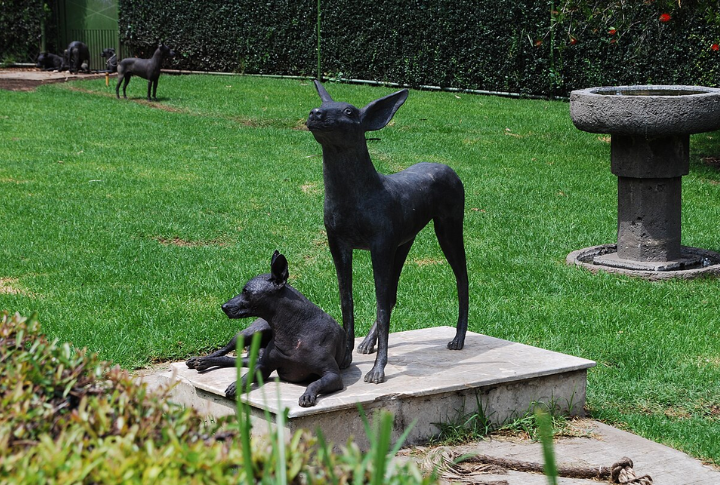
In 2016, Mexico City officially recognized the Xoloitzcuintli as a national heritage symbol. Since then, public sculptures and cultural monuments have been dedicated to celebrating the breed’s deep historical significance. They also serve as a living reminder of Mexico’s ancestral roots.
Integral To Day Of The Deceased Traditions
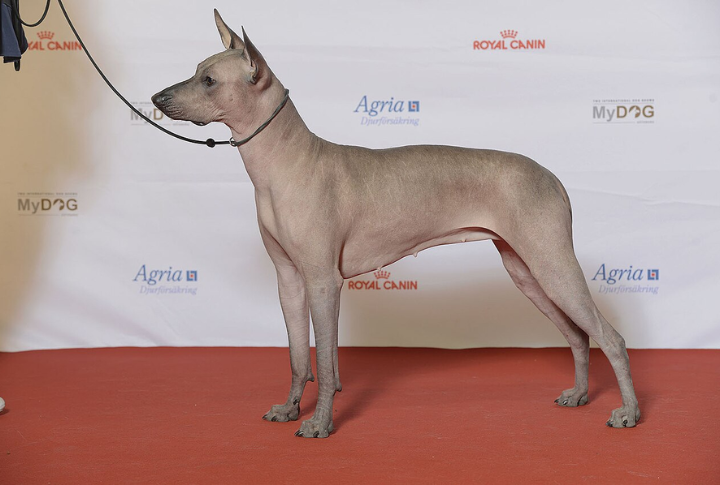
During Dia de los Muertos, the Xoloitzcuintli is celebrated as a spiritual aide, believed to help souls return to the living. Families place their figurines on ofrendas alongside marigolds and candles, a tradition that preserves the breed’s ancient role as a bridge between life and the afterlife.

